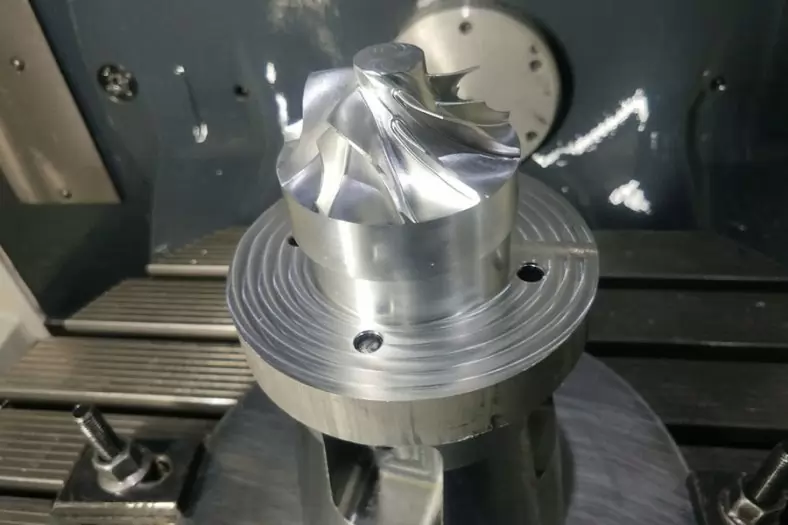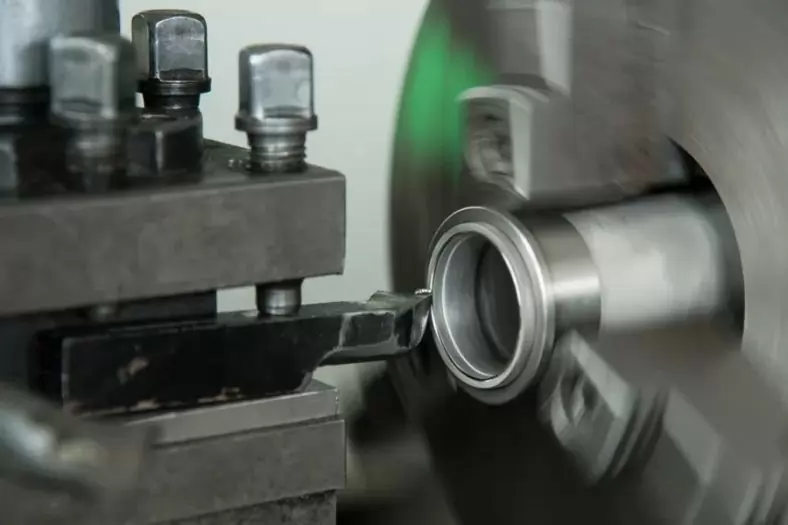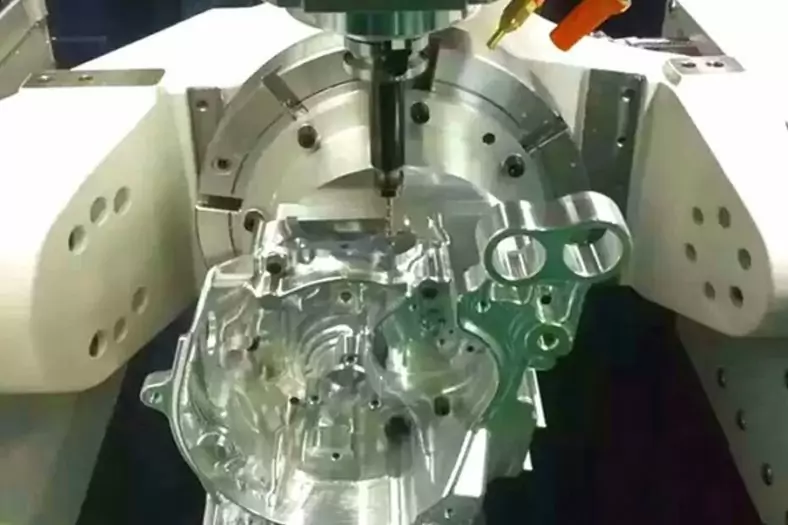
Machine precision refers to the accuracy and consistency with which a machine, particularly CNC (Computer Numerical Control) machines, can perform its tasks.
The precision of a machine is critical in manufacturing, affecting the quality, performance, and reliability of the products.
This article explores the various factors influencing machine precision, the methodologies used to calculate it, and the approaches for enhancing it.
Understanding Machine Precision
Machine precision is the degree to which a machine can repeat a task with minimal deviation from a specified standard or target. It encompasses three critical aspects:
- Positional Accuracy: The closeness of the machine’s actual position to the intended position.
- Repeatability: The machine’s ability to return to the same position repeatedly under identical conditions.
- Resolution: The smallest detectable change or movement that the machine can make, determined by its control systems and feedback mechanisms.
The precision of machines directly impacts manufacturing processes, particularly in high-stakes industries such as aerospace, automotive, and medical devices, where the slightest deviation can lead to significant consequences.
The concept of machine precision has evolved significantly over time. Early manufacturing processes relied on manual labor and rudimentary tools, which offered limited precision. The industrial revolution brought significant advancements in machine tools, leading to the development of more accurate and reliable machines. The introduction of numerical control (NC) and later computer numerical control (CNC) revolutionized the manufacturing industry, allowing for unprecedented levels of precision and automation.
Factors Influencing Machine Precision
Machine precision is influenced by various factors, which can be broadly categorized into mechanical, electrical, and environmental factors.
Mechanical Factors
The quality of mechanical components, such as ball screws, linear guides, and bearings, directly affects machine precision. High-quality components reduce the likelihood of errors due to backlash, friction, and wear.
- Ball Screws: Precision-ground ball screws reduce backlash and ensure smooth, accurate motion.
- Linear Guides: High-quality linear guides minimize friction and provide stable support for machine components.
- Bearings: Precision bearings reduce vibration and ensure smooth operation, enhancing overall accuracy.
- Rigidity and Stiffness:The rigidity and stiffness of the machine’s structure play a critical role in maintaining precision, especially under load. Machines with higher rigidity are less prone to deflection and deformation, leading to more accurate operations.
- Thermal Expansion:Thermal expansion of machine components can cause positional errors. Different materials expand at different rates when exposed to heat, leading to deviations in machine precision. Managing thermal expansion through material selection, design, and environmental control is crucial for maintaining accuracy.
Electrical and Control System Factors
Servo systems control the movement of machine parts and are integral to achieving high precision. The accuracy of servo systems depends on the quality of servomotors, the resolution of encoders, and the responsiveness of the control algorithms.
- Servomotors: High-performance servomotors with precise control capabilities are essential for maintaining machine precision.
- Encoders: High-resolution encoders provide detailed feedback on the position and movement of machine components, enabling precise control.
- Feedback Systems:Feedback systems, including encoders and resolvers, provide real-time data on the position and movement of machine components. This data is used by the control system to make adjustments and maintain precision. The quality and resolution of these feedback systems are crucial for achieving high precision.
- Control Algorithms:Advanced control algorithms are used to compensate for various factors that affect machine precision, such as backlash, thermal expansion, and mechanical wear. These algorithms are continually refined to improve accuracy and repeatability.
Environmental Factors
- Temperature Control:Temperature fluctuations can cause thermal expansion in machine components, leading to positional errors. Maintaining a stable temperature in the machining environment is essential for minimizing these effects.
- Humidity and Cleanliness:Humidity and cleanliness in the machining environment can also affect precision. High humidity can lead to corrosion, while dust and debris can interfere with machine components, causing inaccuracies.
- Vibration and Noise:External vibrations and noise can impact the stability of the machine, leading to deviations in precision. Machines are often installed on vibration-dampening foundations, and noise is minimized to reduce these effects.
Methods of Calculating Machine Precision
Calculating machine precision involves both theoretical and empirical approaches. The process includes assessing the mechanical design, evaluating the control system, and performing tests to measure actual performance.
- Positional Accuracy Calculation : Positional accuracy can be theoretically calculated by analyzing the tolerances of individual components and summing them to obtain the total system tolerance. This approach provides an estimate of the machine’s accuracy based on its design.
- Repeatability Analysis : Repeatability is evaluated by analyzing factors such as backlash, mechanical wear, and rigidity. Theoretical models can predict the expected repeatability based on these factors, providing a baseline for comparison with empirical data.
- Resolution Determination : Resolution is determined by the smallest increment that the machine’s control system can command, which is influenced by the resolution of encoders or feedback devices. Theoretical analysis can estimate the resolution based on the specifications of these components.
- Empirical Testing : Empirical testing is essential for validating theoretical calculations and obtaining accurate measurements of machine precision. Various tests are conducted to measure different aspects of precision, including positional accuracy, repeatability, and resolution.
- Ballbar Testing : Ballbar testing is a common method for assessing the circularity of a machine’s movement. It involves measuring the deviation from a perfect circle as the machine moves along a circular path. This test provides data on both positional accuracy and repeatability.
- Laser Interferometry : Laser interferometry is a highly accurate method for measuring the position of machine components. It uses a laser beam to detect positional errors with high precision, making it ideal for assessing accuracy and repeatability.
- Step Gauge Testing : Step gauge testing involves using a precisely calibrated gauge to measure the machine’s ability to position itself at various points along its travel. This test helps identify deviations from the expected positions and provides data on positional accuracy.
- Calibration and Alignment Tests : Calibration and alignment tests are conducted to ensure that the machine is properly aligned and calibrated to perform accurate operations. These tests involve checking the alignment of components such as spindles, axes, and tools, and making adjustments as necessary.
Statistical Analysis
Statistical analysis is used to interpret the data obtained from empirical testing. It involves calculating key metrics such as mean, standard deviation, and confidence intervals to assess the overall precision of the machine.
- Mean and Standard Deviation : The mean and standard deviation of the measured data provide a measure of the machine’s accuracy and repeatability. A lower standard deviation indicates higher repeatability, while a mean close to the target value indicates high accuracy.
- Confidence Intervals : Confidence intervals provide an estimate of the range within which the true precision of the machine lies, considering the variability in the measured data. This helps to quantify the uncertainty associated with the precision measurements.
Enhancing Machine Precision
Improving machine precision involves addressing the factors that contribute to inaccuracies and implementing strategies to enhance accuracy, repeatability, and resolution.
Mechanical Improvements
- Component Upgrades:Upgrading mechanical components, such as ball screws, linear guides, and bearings, can reduce backlash, friction, and wear, leading to improved precision. Using precision-ground components and high-quality materials also contributes to better accuracy.
- Structural Enhancements : Enhancing the rigidity and stiffness of the machine’s structure can reduce deflection and deformation, especially under load. This can be achieved through the use of stronger materials, better design, and optimized manufacturing processes.
- Thermal Management :Implementing thermal management strategies, such as using materials with low thermal expansion coefficients and maintaining a stable temperature environment, can minimize the effects of thermal expansion on machine precision.
Control System Enhancements
- Advanced Servo Systems : Upgrading to advanced servo systems with higher resolution encoders and more responsive control algorithms can significantly improve machine precision. These systems offer better control over the movement of machine components, leading to more accurate operations.
- Feedback System Improvements : Improving the resolution and accuracy of feedback systems, such as encoders and resolvers, provides more detailed data on the position and movement of machine components. This enables the control system to make finer adjustments and maintain higher precision.
- Control Algorithm Optimization : Optimizing control algorithms to better compensate for factors such as backlash, thermal expansion, and mechanical wear can improve accuracy and repeatability. This involves refining the algorithms based on empirical data and continuously monitoring their performance.
Environmental Control
- Temperature Control Systems : Implementing temperature control systems, such as air conditioning, heaters, and thermal insulation, can help maintain a stable temperature in the machining environment. This reduces the impact of thermal expansion on machine precision.
- Vibration Dampening : Installing vibration-dampening systems, such as isolated foundations and vibration-absorbing materials, can reduce the impact of external vibrations on machine stability. This enhances the overall precision of the machine.
- Cleanroom Environments : Maintaining a cleanroom environment with controlled humidity and cleanliness levels can prevent contamination of machine components and reduce the risk of corrosion and wear. This contributes to long-term precision and reliability.
Case Studies and Applications
This section could include real-world examples of how machine precision calculation and enhancement have been applied in various industries. It could detail specific projects, the challenges faced, the methods used to overcome them, and the outcomes achieved. Case studies from aerospace, automotive, medical devices, and other high-precision industries would illustrate the importance of precision in different contexts.
-
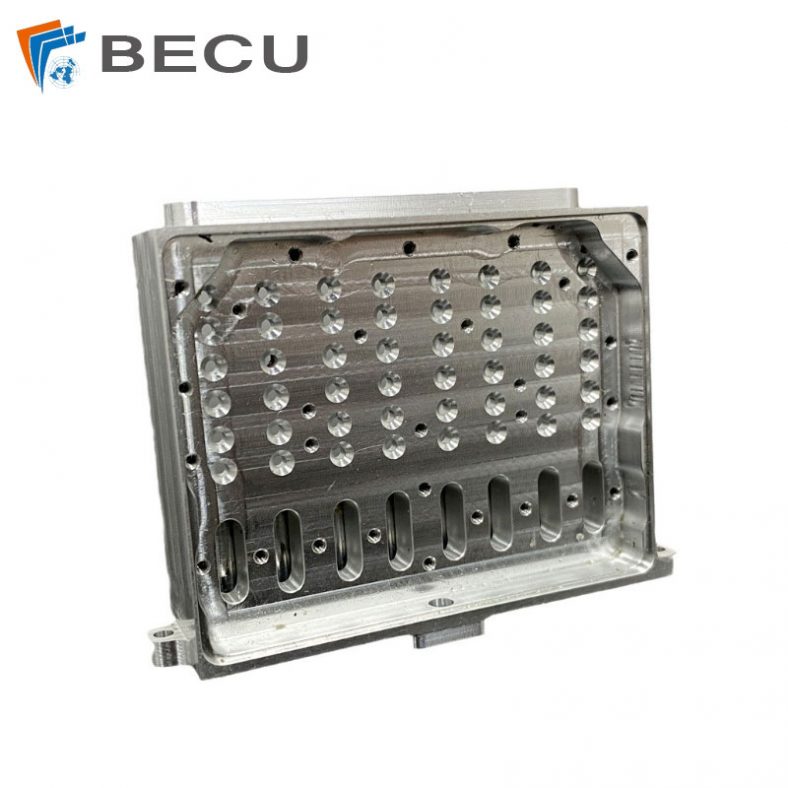
Aluminum LCD Screen Enclosure Parts
-

3D Printed Inconel Exhaust Manifold
-

Metal CNC Spinning Aerospace and Aircraft Auxiliary Fuel Tank
-
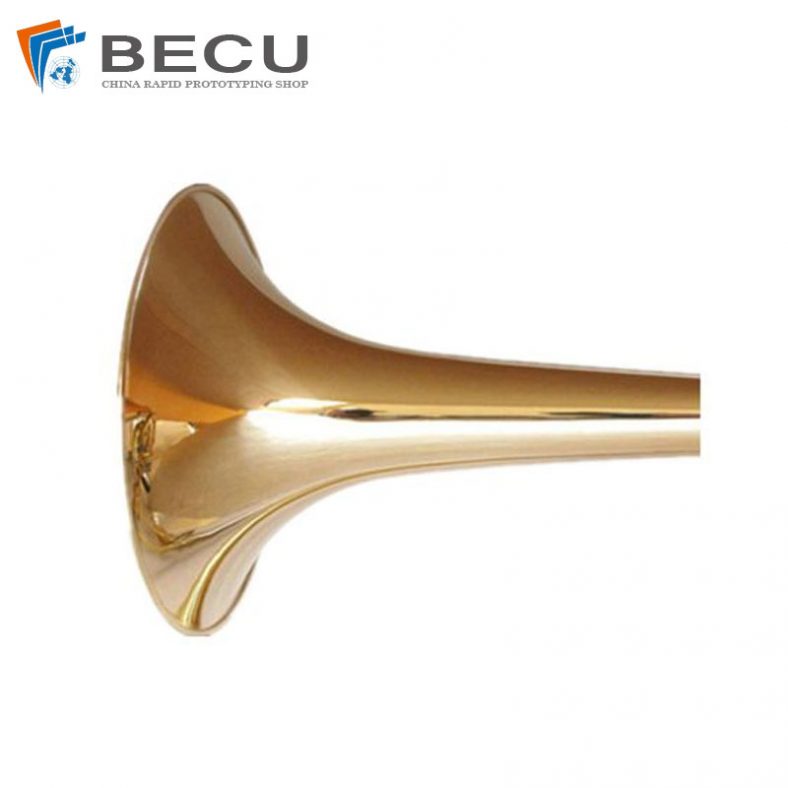
CNC Spinning For Copper 110 Student Trumpet
-

Precision Spinning Titanium Grade 5 Aircraft Cones Body
-

3D Printed Black Myth: Wukong Model
-
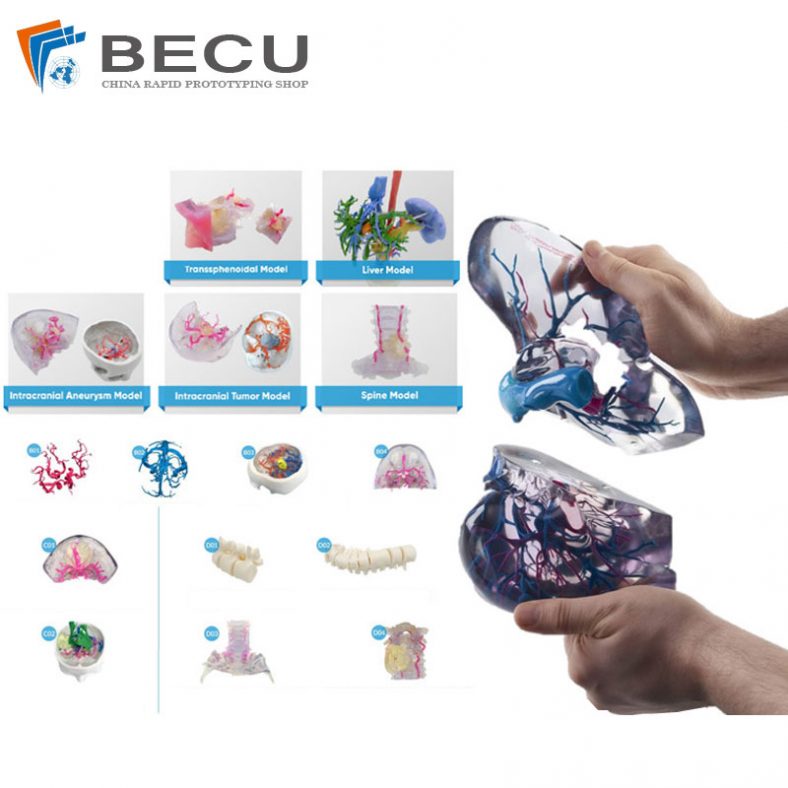
Omni-Directional Surgical Planning Medical Models
-

Crawler Robot Components for Oil Pipeline Interior Walls
Conclusion
Machine precision is a critical factor in modern manufacturing, directly impacting the quality, performance, and reliability of products. Calculating machine precision involves a combination of theoretical analysis, empirical testing, and statistical analysis. By understanding and addressing the factors that influence precision, manufacturers can improve the accuracy, repeatability, and resolution of their machines, leading to better product quality and reduced waste.
As technology continues to advance, the demand for higher precision in manufacturing will continue to grow. Innovations in materials, control systems, and environmental management are driving improvements in machine precision, enabling manufacturers to meet the increasingly stringent demands of modern industry.
The Detail Of BE-CU 5 Axis cnc machining Company
As an experienced and professional machine shop specialized in CNC manufacturing for many years, BE-CU.COM is capable of precision 5 axis CNC machining services and 5 axis milling. Whether you are in need of high-quality and precise metal or plastic components, we can provide 5 axis machining parts to worldwide clients for a variety of industries including automotive, medical, military, aerospace, mechanical, machine tool, high-tech, and more, with excellent machining and programming skills, as well as 5 axis CNC machining center. No matter how complex the CNC machining parts, each step will be executed with a rigorous attitude, to deliver exceptional 5 axis machining components that demonstrate the highest quality standards. Even though any problems during the process, we’ll keep running the job and make adjustments until all the issues are addressed.If you require a well-established and cost-effective CNC machining company to take over your project, BE-CU can achieve your expectation.
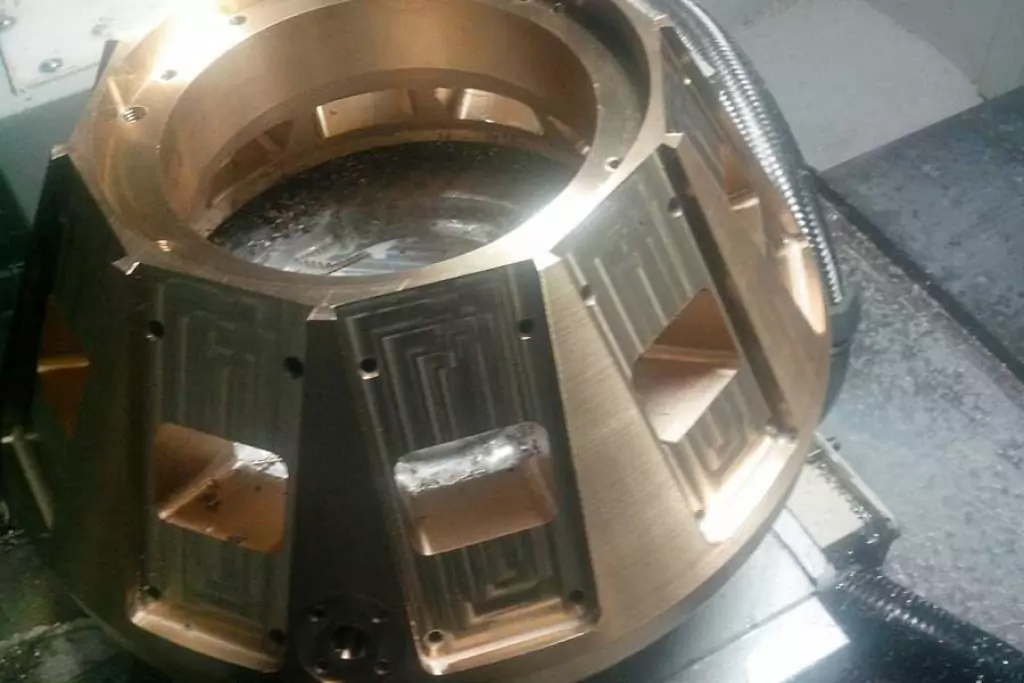
-

Aluminum LCD Screen Enclosure Parts
-

5 Axis CNC Machining Medical Olecranon Plate
-

5 Axis CNC Machining Spiral Bevel Gear Mold
-
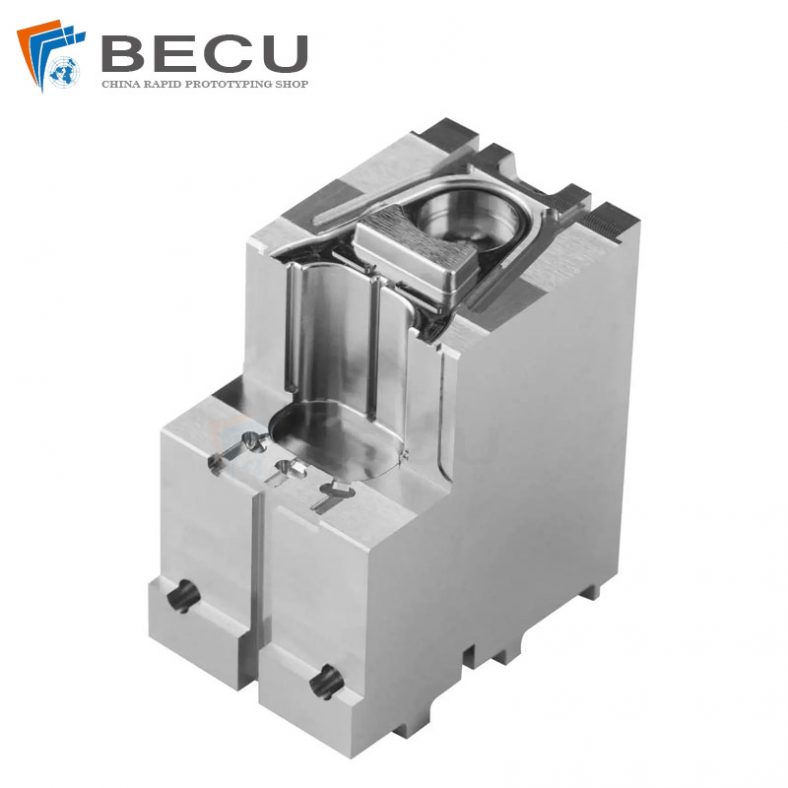
Small Precision Injection Molding Inserts
-

5 Axis Machining Aluminum-Magnesium Alloy Water Aerator Impeller
-
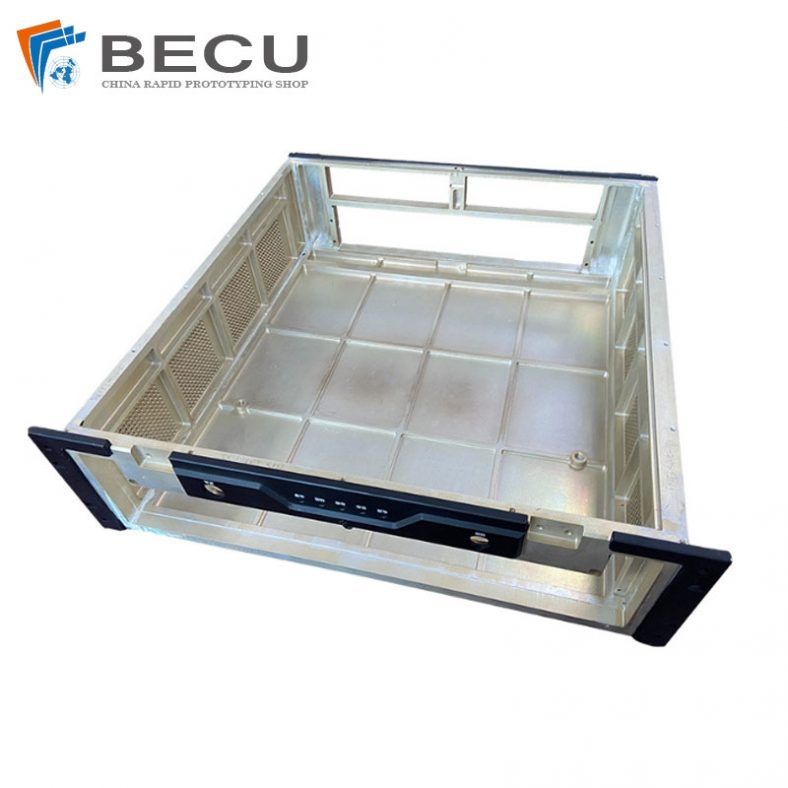
Precision Machining 6063 Aluminum Military Computer Server Chassis
-
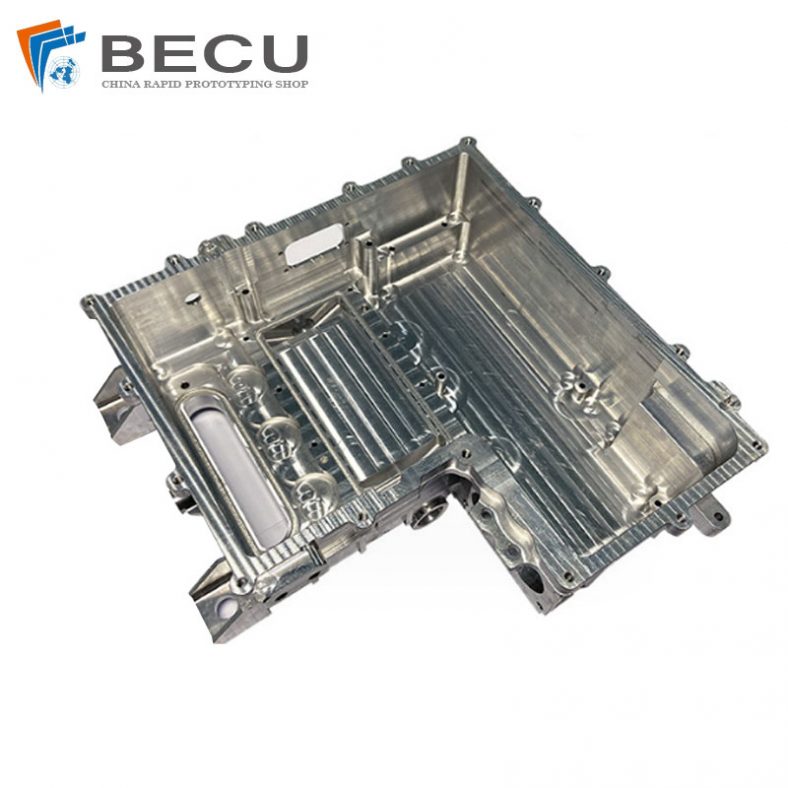
CNC 6063 Aluminum Automotive Motor End Cover
-

5 Axis CNC Machining Pump Impeller

